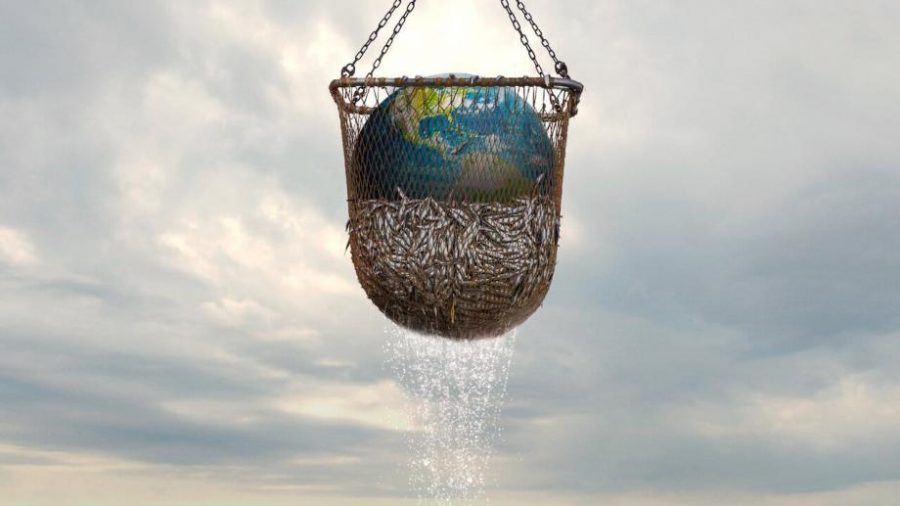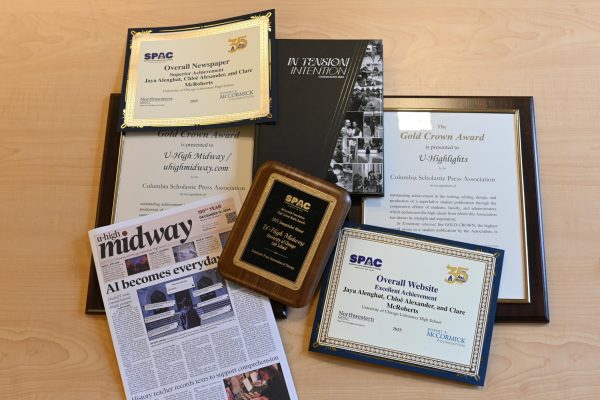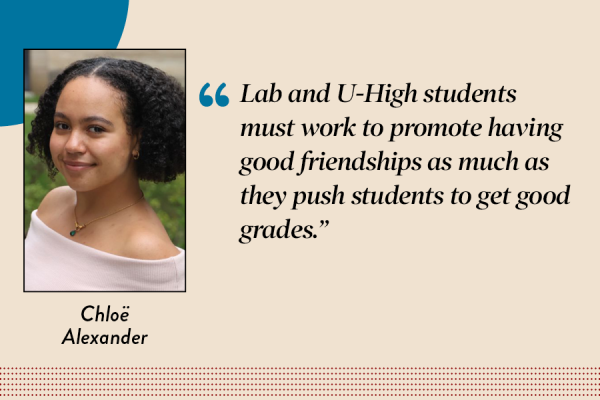Netflix documentary ‘Seaspiracy’ uncovers secrets of the seafood industry
Flixboss
Ever wonder where you food comes from? Netflix documentary “Seaspiracy” defines the dangers we pose to the oceans.
The happy, jumping whales we see at our favorite marine parks. The “sustainably-sourced” labels on tins stacked in our refrigerator, along with seafood that we’ve been told is vital for our health. These are all lies fueled and fed to us by today’s seafood industry, exposed in the new Netflix documentary “Seaspiracy.”
“Seaspiracy” takes viewers on a journey that beautifully intertwines authentic documentation of events, shocking discoveries, and interviews with experts to craft together an exposé of the seafood industry — effectively building up to a call-to-action that truly inspires viewers to help solve the problem.
The 2021 documentary, directed by the 27-year-old documentary filmmaker Ali Tabrizi and produced by Kip Anderson, puts together a holistic overview of the dangers to ocean today and the brutal realities of the seafood industry. Viewers watch Tabrizi travel from Southern Japan’s tuna ports to Scotland’s salmon farms as he puts pieces of the puzzle together.
The discoveries made during these travels are especially captivating due Tabrizi’s raw and genuine reactions captured on film — allowing the viewers to feel as if they’re on the same page as Tabrizi all along.
This authentic style of documentation is further accentuated by the incredible interviews. A first example of this is seen in interviews with a couple of freed slaves from the fishing industry in Thailand, who were abused in horrific ways during their time on the boats.
Given that these were difficult interviews to get in the first place, the need to preserve the anonymity of these freed slaves through illustrating simply just their silhouettes in the film showed viewers the fear that these people continued to live their lives in, and highlighted how dangerous a seemingly innocent industry — fishing — could get.
A second area in the documentary where interviews proved powerful were Tabrizi’s confrontations with some of the world’s most trusted ocean preservation organizations, such as The Plastic Pollution Coalition, Oceana, and even the Earth Island Institute, creators of the widely trusted “dolphin safe labels” seen often on cans in nearly every seafood aisle.
The documentary not only captures Tabrizi’s difficulty in acquiring these interviews in the first place but goes on to feature the hostile attitude from organization officials when questioned as to why they don’t promote the reduction of seafood consumption as a way to preserve ocean life.
Another aspect that allowed the documentary to deliver strong impact was the passion seen from Tabrizi from the very beginning of the journey, and the build-up of emotions with every consecutive discovery — enticing viewers to resonate with Tabrizi.
Tabrizi’s narration throughout the film is full of curiosity, asking questions at every turn and not stopping till he finds all his answers. For the duration of the film, viewers discover dark secrets alongside him and are shown — not just told — the lies they’ve been told about everything from “sustainably sourced” labels to the ways that whales are hunted. Hence by the time they reach the end of the film, the call to action is climactic.
Tabrizi’s beginnings as documented in the film are bound to be familiar to many viewers, depicting the start of his journey as him picking up trash from beaches. This familiarity fuels inspiration for viewers even more – after all, if he can make a difference, why can’t I?






























































